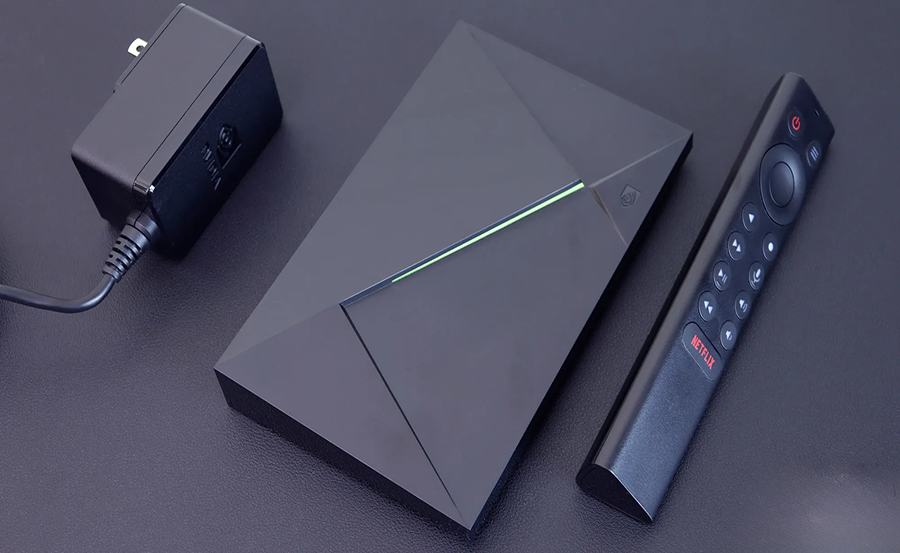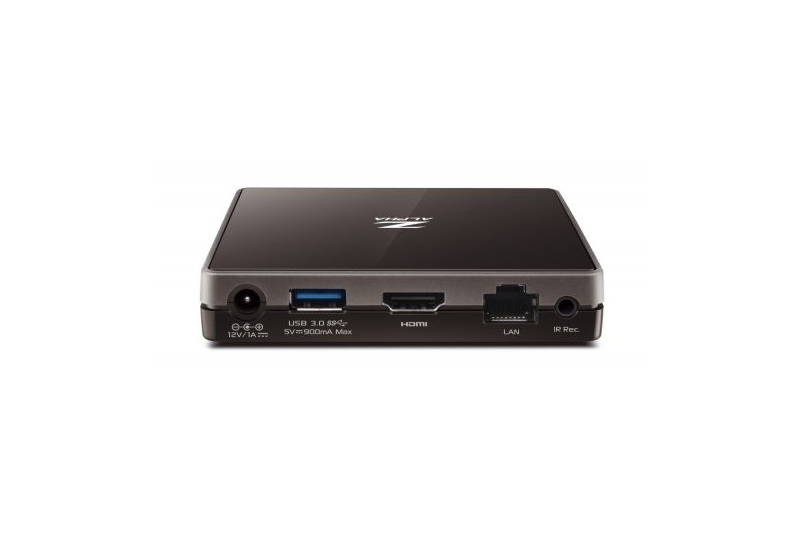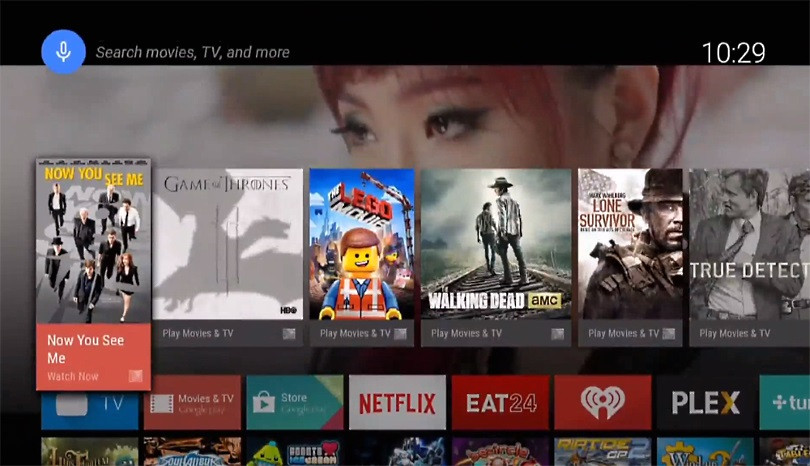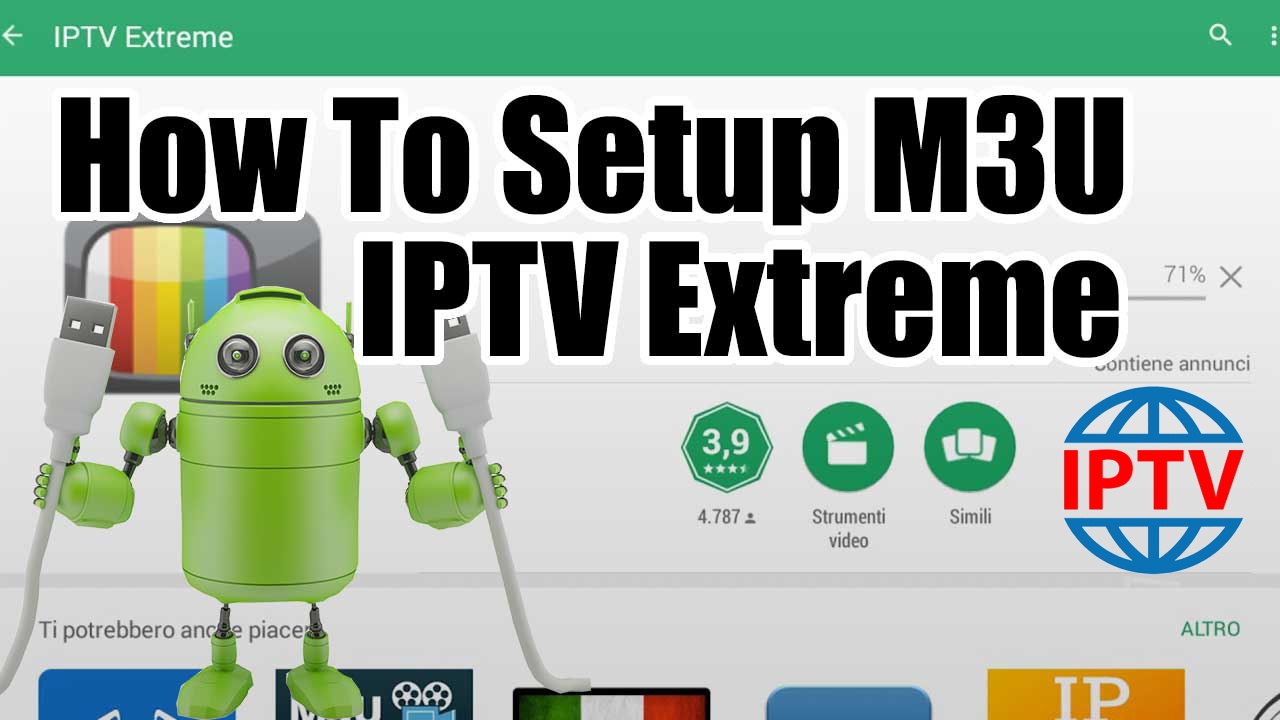The Nvidia Shield TV is a powerhouse in the realm of streaming devices, offering a wide range of functionalities for media enthusiasts. But no matter how great the device is, storage always seems to be a limiting factor. Whether you’re an avid gamer, digital hoarder, or simply love binge-watching the latest shows through IPTV for IPTV Smarters or IPTV for UK services, you’re bound to hit the storage limit eventually. Fortunately, there are multiple ways to expand your Nvidia Shield TV’s storage, and in this article, we’re diving into all your options.
Understanding the Storage Limitations
Before we explore the solutions, it’s crucial to understand the problem. Nvidia Shield TV offers internal storage, but it’s often not enough for users who engage heavily with apps, games, or IPTV services. Understanding these limitations helps us appreciate the solutions available.
Internal vs. Expandable Storage
The Nvidia Shield TV typically comes with limited on-device storage, which might suffice for casual users but proves inadequate for power users. The internal storage gets filled up quickly when apps, games, and media files accumulate. This limitation is more pronounced if you’re using IPTV for UK or other such services extensively.
Expert Advice:
Access the best global content with IPTV service in Canada for unmatched variety and performance.
Why Internal Storage Fills Up Quickly
Apps have become more resource-intensive, occupying more space. Games, especially those with high-end graphics, can be particularly large. Media files such as 4K videos further exacerbate storage issues, making expandability a necessity.
External Storage Options
The simplest method to increase your Nvidia Shield TV’s storage is to add external storage. This approach offers flexibility and can significantly boost your device’s memory.
Using USB Drives
A USB drive is a straightforward option for expanding storage. They come in various sizes and price points, making them accessible for most users. Ensure compatibility by choosing a USB 3.0 drive for better performance.
Here are the steps to connect a USB drive:
- Insert the USB drive into one of the available ports on your Nvidia Shield TV.
- Go to Settings and select ‘Storage & reset.’
- Choose the USB drive and set it up as ‘Device storage.’
Benefits of MicroSD Cards
MicroSD cards offer another convenient option. They are compact and easy to install, though they might not be as fast as some USB drives. Here’s how you can set one up:
- Insert the MicroSD card into the appropriate slot on your Nvidia Shield TV.
- Navigate to Settings and tap ‘Storage & reset.’
- Select the MicroSD card and configure it as ‘Internal storage.’
Network Storage Solutions
If you have a robust network setup, utilizing a Network Attached Storage (NAS) device can be an ideal solution. This option provides ample space and centralizes your storage needs.
Setting Up a NAS
A NAS device connects to your home network, offering centralized storage that your Nvidia Shield TV can access. With a NAS, you can keep all your media files available for streaming without overstuffing your device’s memory.
Steps to Connect to a NAS
Connecting your Nvidia Shield to a NAS can be straightforward:
- Ensure your NAS is connected to the same network as the Nvidia Shield TV.
- Download a file manager app from the Play Store if needed.
- Use the app to locate and connect to your NAS. Enter your credentials if required.
Cloud Storage: An Alternative Approach
While Cloud Storage is not traditionally used for expanding device storage, it offers a supplementary benefit by freeing up local storage. Services such as Google Drive enable you to upload and access media files remotely.
Utilizing Cloud Services
While cloud services are not directly set as device storage, they provide access to a multitude of files without taking up internal memory. You can stream files from the cloud using compatible apps on your Nvidia Shield TV.
The Role of IPTV and Additional Apps
For users who extensively use IPTV for IPTV Smarters or IPTV for UK, optimizing app settings could prevent storage issues from impacting performance.
Managing App Preferences
Most IPTV apps such as IPTV Smarters store caches and other temporary files. Regularly clearing these caches can prevent unnecessary storage usage, ensuring smoother performance.
Practical Tips and Tricks
Managing your Nvidia Shield’s storage could be challenging without proper tactics. Here are some practical tips to ensure you’re getting the most out of your expanded storage capabilities:
- Regularly review and delete unused apps to save space.
- Utilize the settings menu to clear cache files regularly.
- Offload large game files to external storage if possible.
A Journey Beyond Limits
Just like an artist needs a blank canvas, your Nvidia Shield needs sufficient storage to thrive as the multimedia powerhouse it is designed to be. By exploring external and network storage options, making efficient use of cloud services, and optimizing IPTV settings, you can achieve an enriched viewing experience.
FAQ

How can I check available storage on my Nvidia Shield TV?
To check available storage, go to ‘Settings’, select ‘Device Preferences’, and then ‘Storage’. Here, you will see a breakdown of used and available space.
Can I use a USB hub with Nvidia Shield TV for additional devices?
Yes, a USB hub can be used to connect multiple devices, including additional storage drives, to your Nvidia Shield TV.
Is it possible to play games directly from external storage?
Yes, by setting external storage as ‘Device storage’, you can install and play games directly from it.
Does using cloud storage slow down video playback?
Cloud storage itself doesn’t impact playback speed, but poor internet connectivity can lead to buffering issues while streaming files.
How can I optimize my IPTV experiences on Nvidia Shield TV?
Regularly clear app caches, limit background processes, and ensure good network connectivity to optimize IPTV performance.
How to Transform Your LG Smart TV with IPTV Installation





